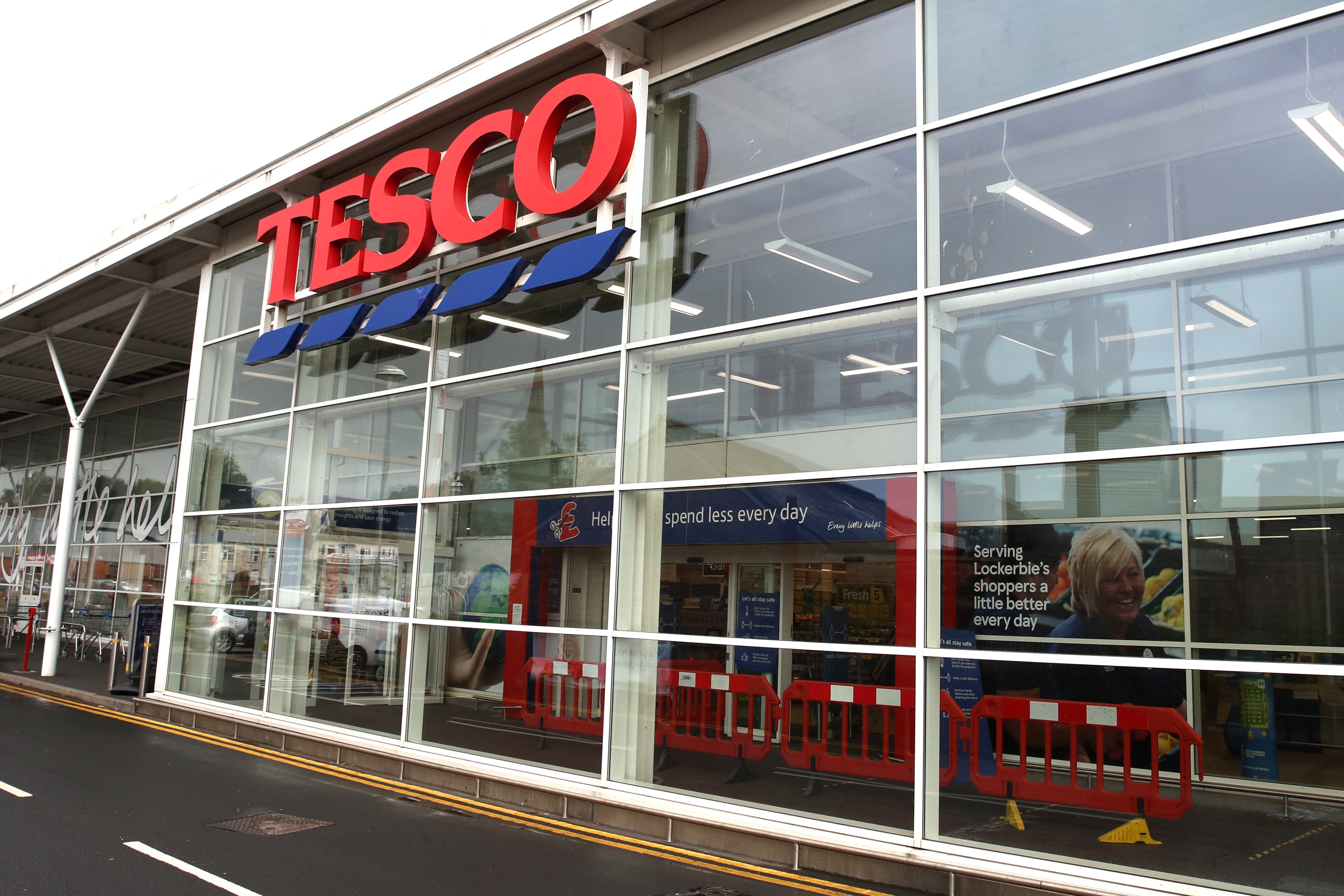Tesco’s latest shake-up comes from a position of strength
The group has abandoned its ill-advised attempt to create another Aldi and has launched a shake-up. It has been gaining market share and could add to its advantage, writes James Moore


Changes are afoot at Tesco. Jack’s, the ill-starred attempt to set up a rival to Aldi and Lidl festooned with union flags, a 1950s feel, and a silly name, has bought the dust.
This morning brought a second announcement: the end of overnight restocking at a number of stores. Several petrol stations will also become pay at the pump only at night time.
Some 1,600 workers are now at risk of redundancy although group says it will endeavour to find alternative roles for those affected. It has 3,000 vacancies across the business, so this ought to be possible in most cases where people want to stay with the company.
The group has, meanwhile, been doing remarkably well. The latest figures from researcher Kantar clearly show that. Over the 12 weeks to January 23, Kantar reports a 1.9 per cent decline in sales. However, the overall market decline came in at 3.8 per cent – the lockdown during the comparative period when people couldn’t eat out obviously distorts the comparison.
So Tesco has been gaining market share, and this has been the case for some time. Over two years, the market leader’s sales grew by10.1 per cent against the market’s 8 per cent. None of its rivals among the traditional “big four” came close.
Tesco’s two year number beat even Aldi’s. The sector’s disruptor in chief has felt the need to respond to its rival’s much vaunted price matching strategy, arguing in its ads that Tesco doesn’t cover the full Aldi range.
Tesco’s latest shake up clearly comes from a position of considerable strength. It is partly an indication of just how fast grocers need to run simply to stand still in their competitive sector, particularly with the inflationary pressures they face.
Kantar’s figures show the impact of that too. Year on year food price inflation over the three months came in at 3.2 per cent, but it was 3.8 per cent over the most recent four weeks when compared to the same period last year against 3.5 per cent in December.
The figures are like for like, which means that they look at the same basket of goods, assuming no change on the part of the shopper to reduce their personal inflation.
On that basis, the increase to the average shopper’s annual bill would be £180. Add that to the more than £700 set to be added to energy bills, and Boris Johnson’s national insurance rise, and you have a £1,000 plus gut punch.
That’s, obviously, before the additional cost of clothing, and other bills which may crop up. Then there are mortgages, which the Office for Budget Responsibility (OBR) last year forecast faced their biggest increase for more than a decade.
How many people can realistically emerge from such a storm without severe injury?
The grocery sector is fiercely competitive. Tesco’s moves are aimed at making it more so. They are probably necessary.
Why do people choose to shop at a particular place? Maybe they like the way the staff treat them. Maybe they like the ethos. Maybe they like the way the stores are laid out. Maybe they like the range. Maybe they just like the colours.
However, in the midst of a ferocious squeeze, those things are going to fall by the wayside. When you’re taking hits from all sides, and you’re down more than a grand, what matters is which of them is the cheapest.
Tesco has size, and the formidable buying power which that confers upon it. It has recovered from the pit it allowed itself to fall into when Philip Clarke was at the controls. It has enjoyed relative stability at a time when large parts of the sector have been engulfed by corporate action; takeover bids and the like.
If Tesco chooses to compete with sufficient aggression it should be able to hold onto its advantage, if not further increase it.






Join our commenting forum
Join thought-provoking conversations, follow other Independent readers and see their replies
Comments